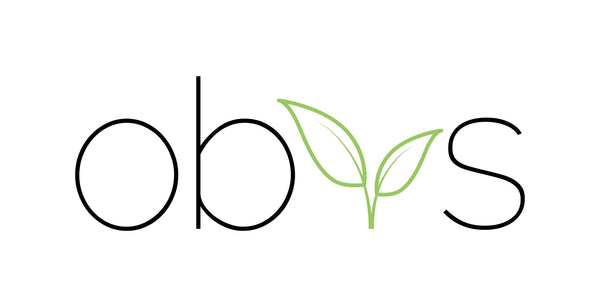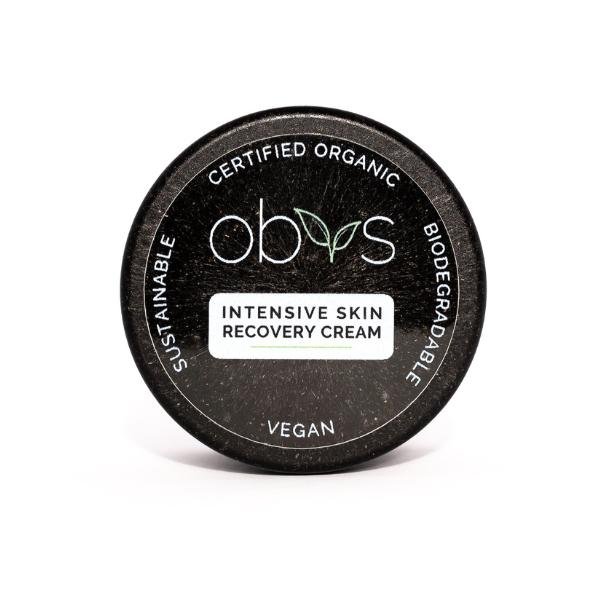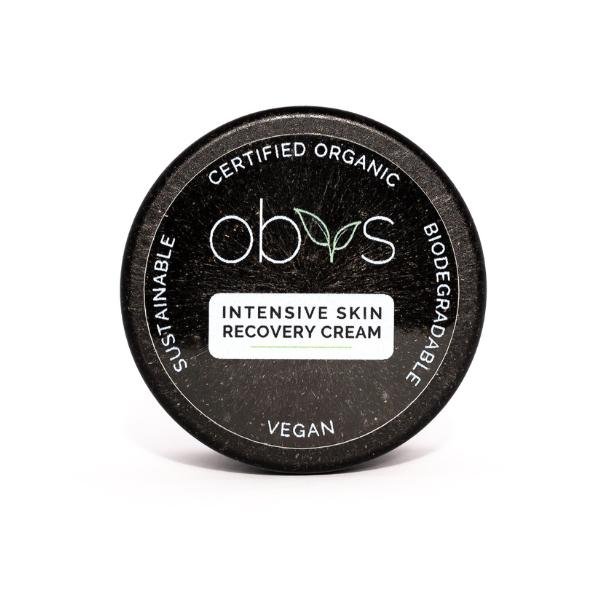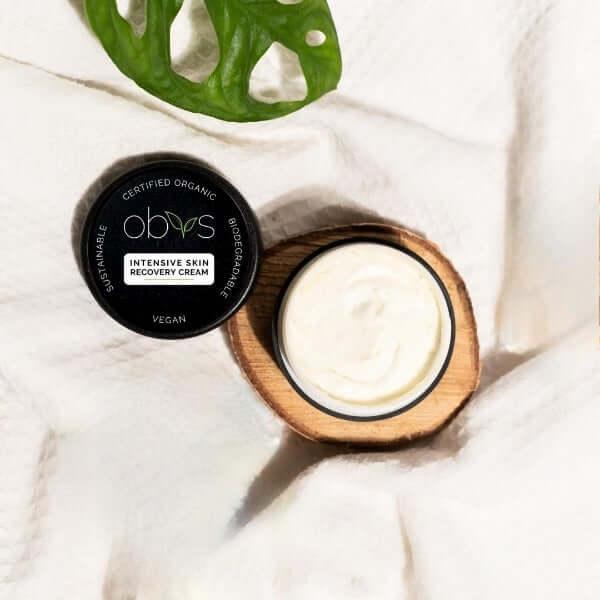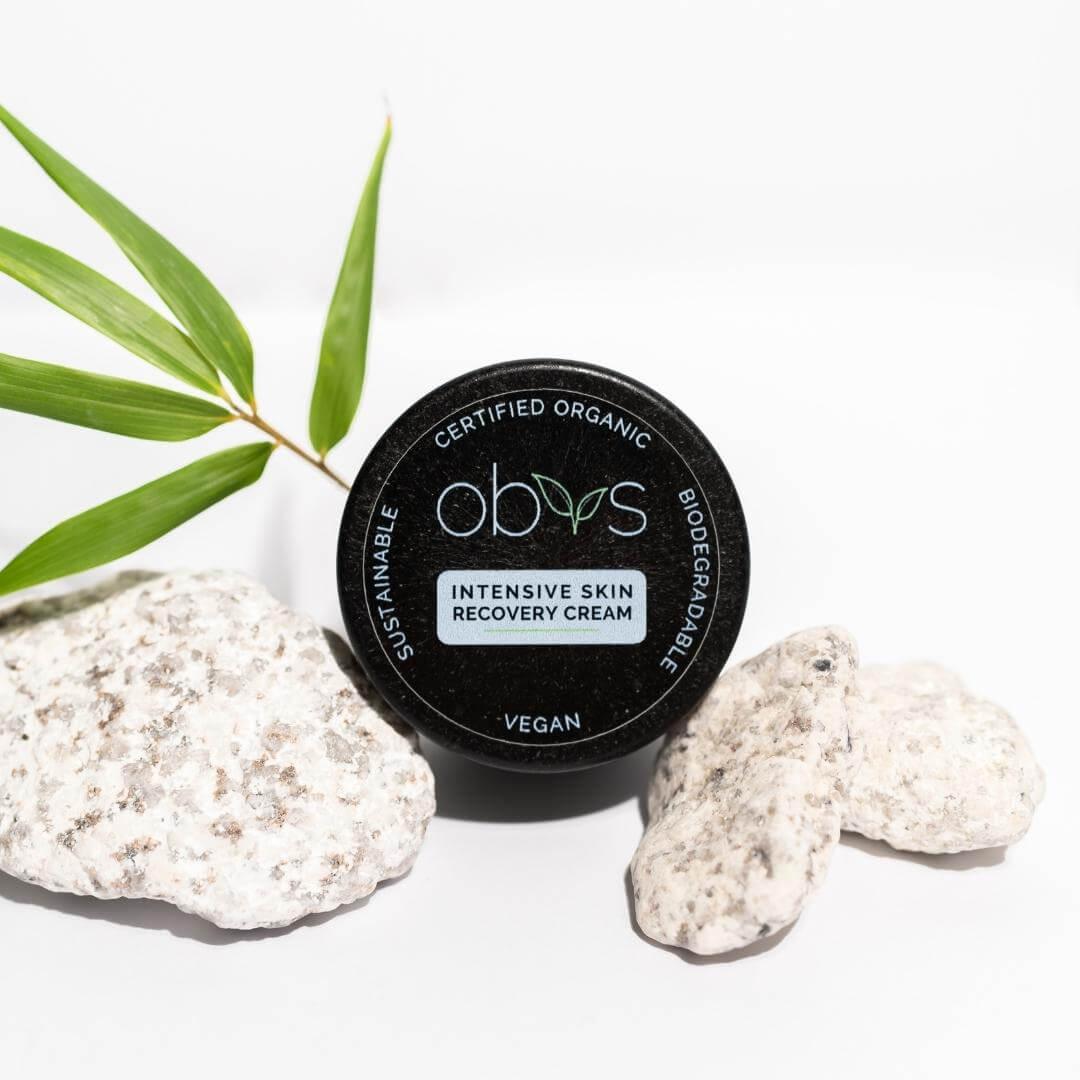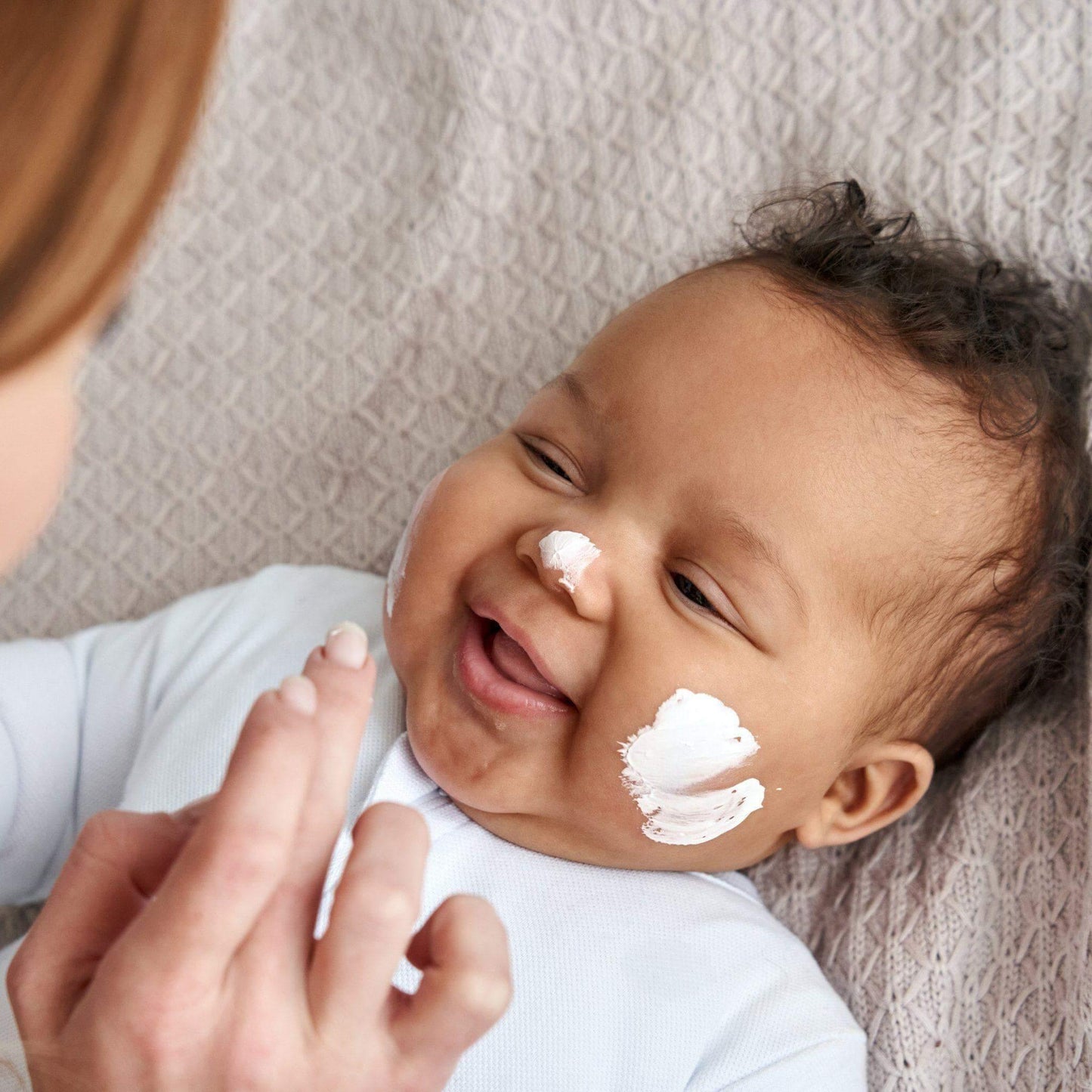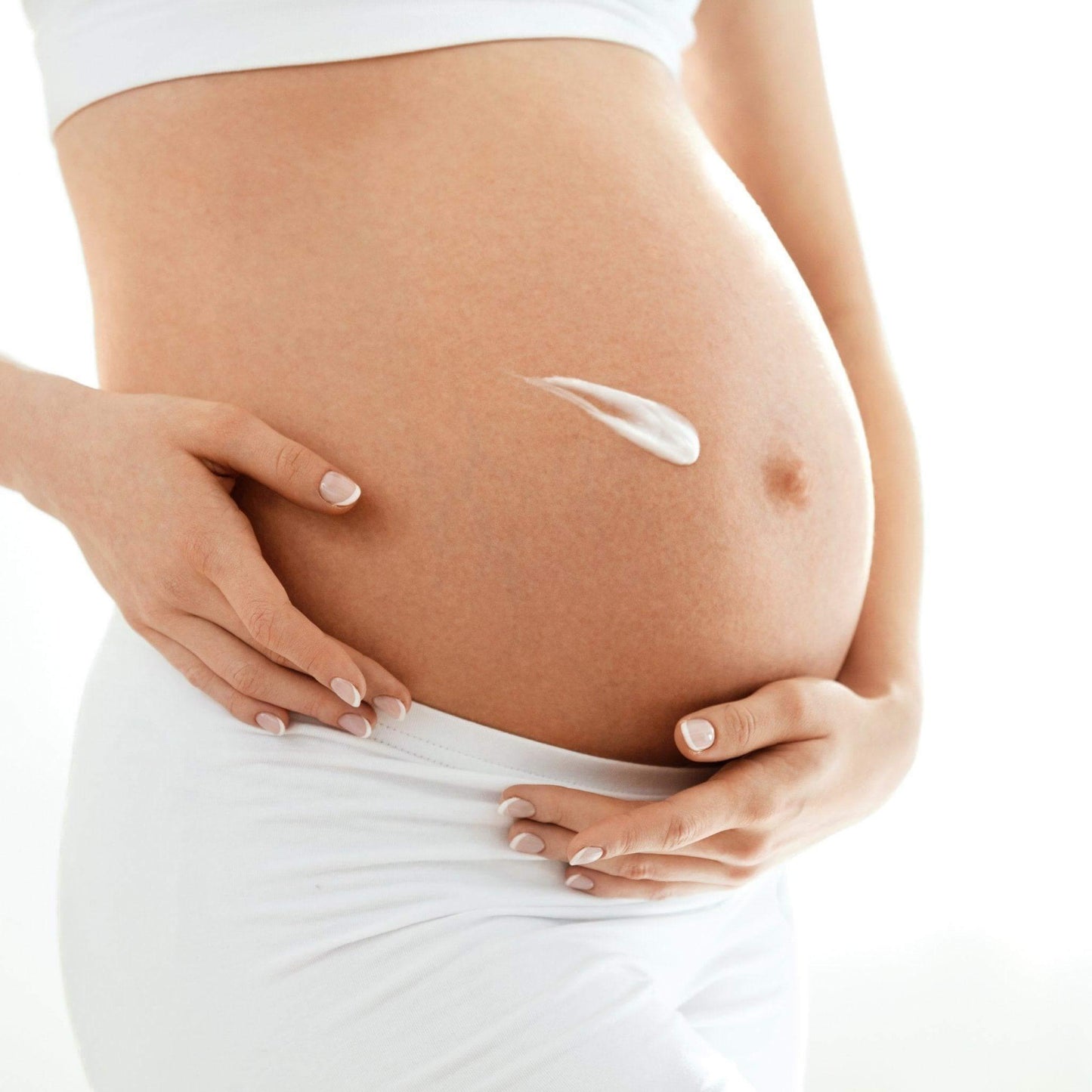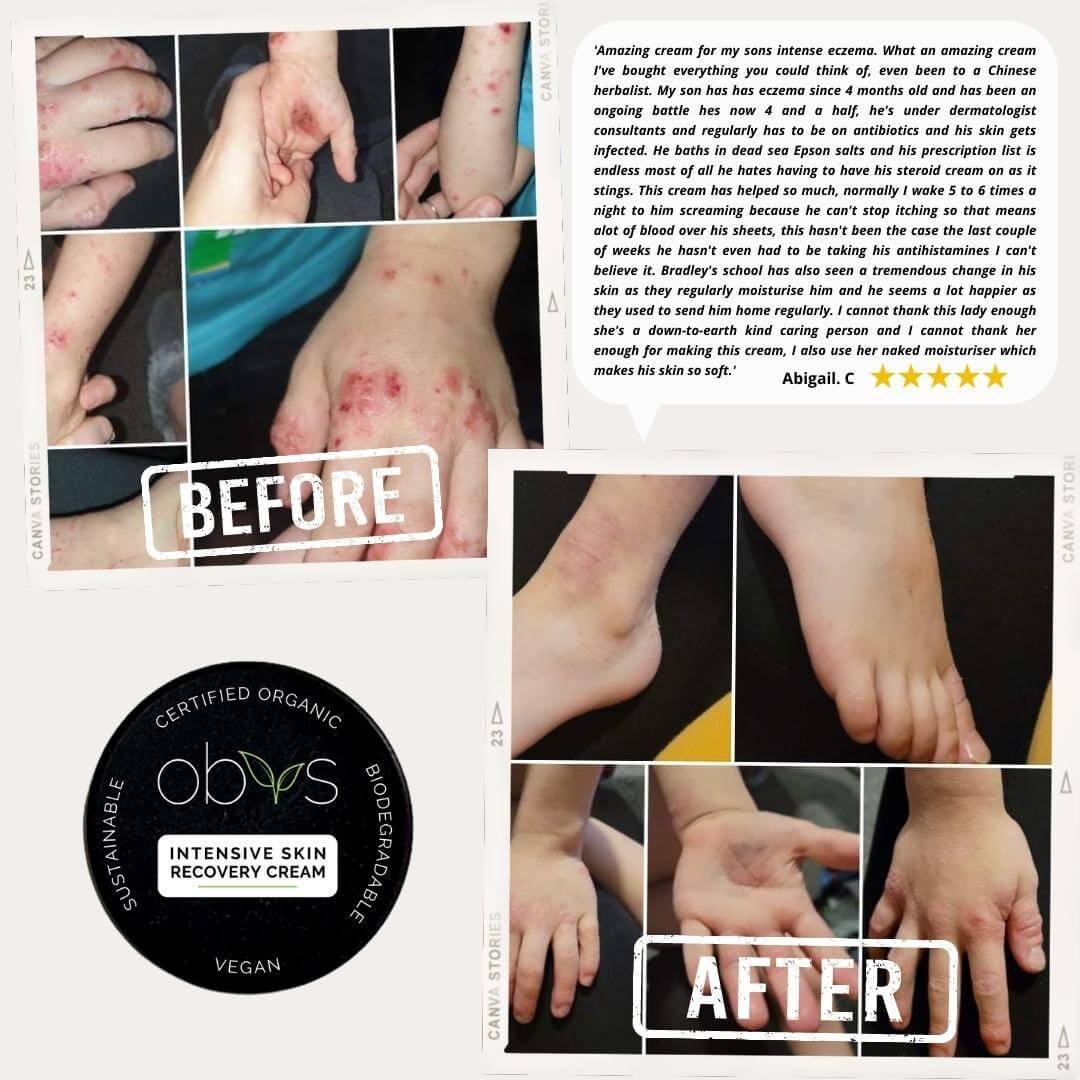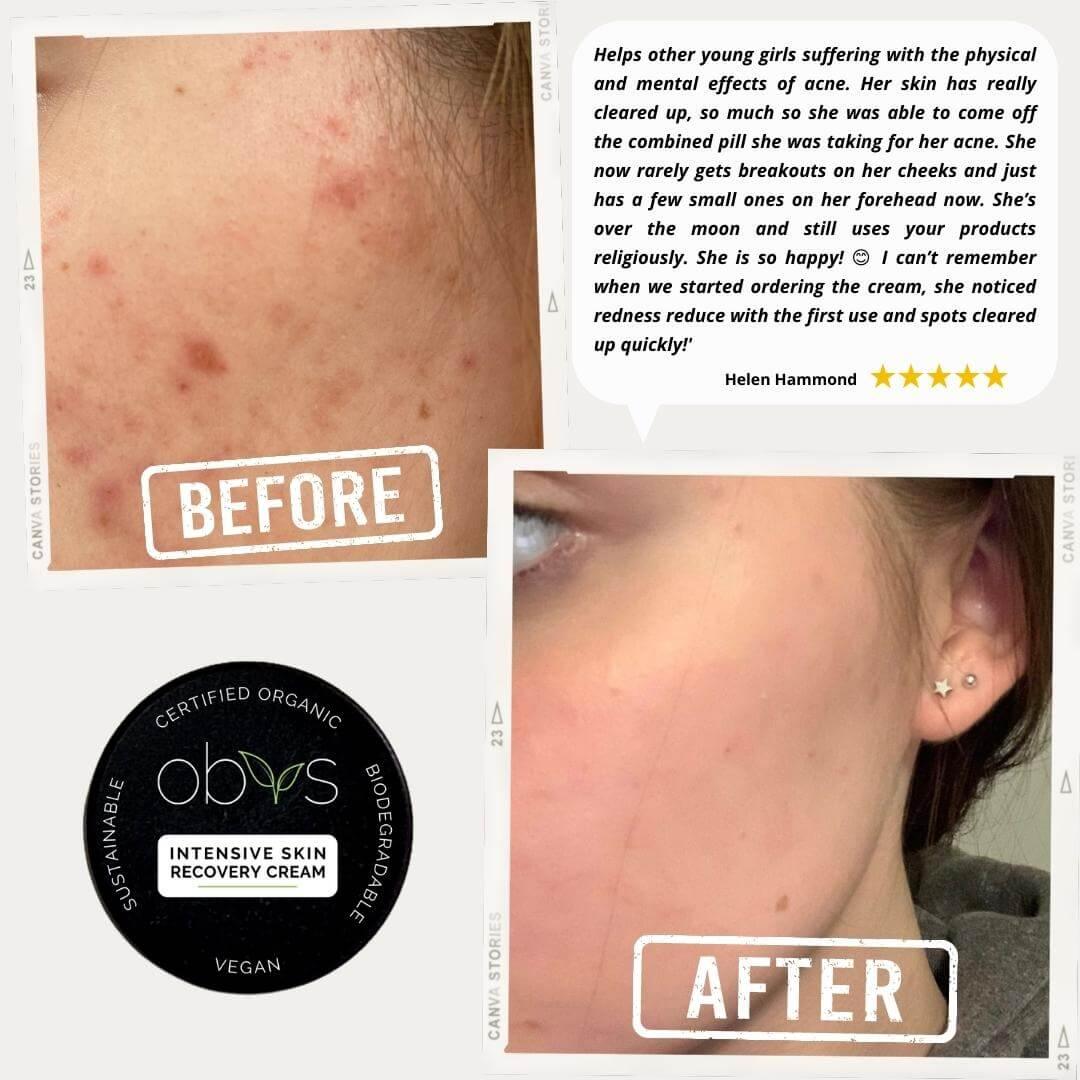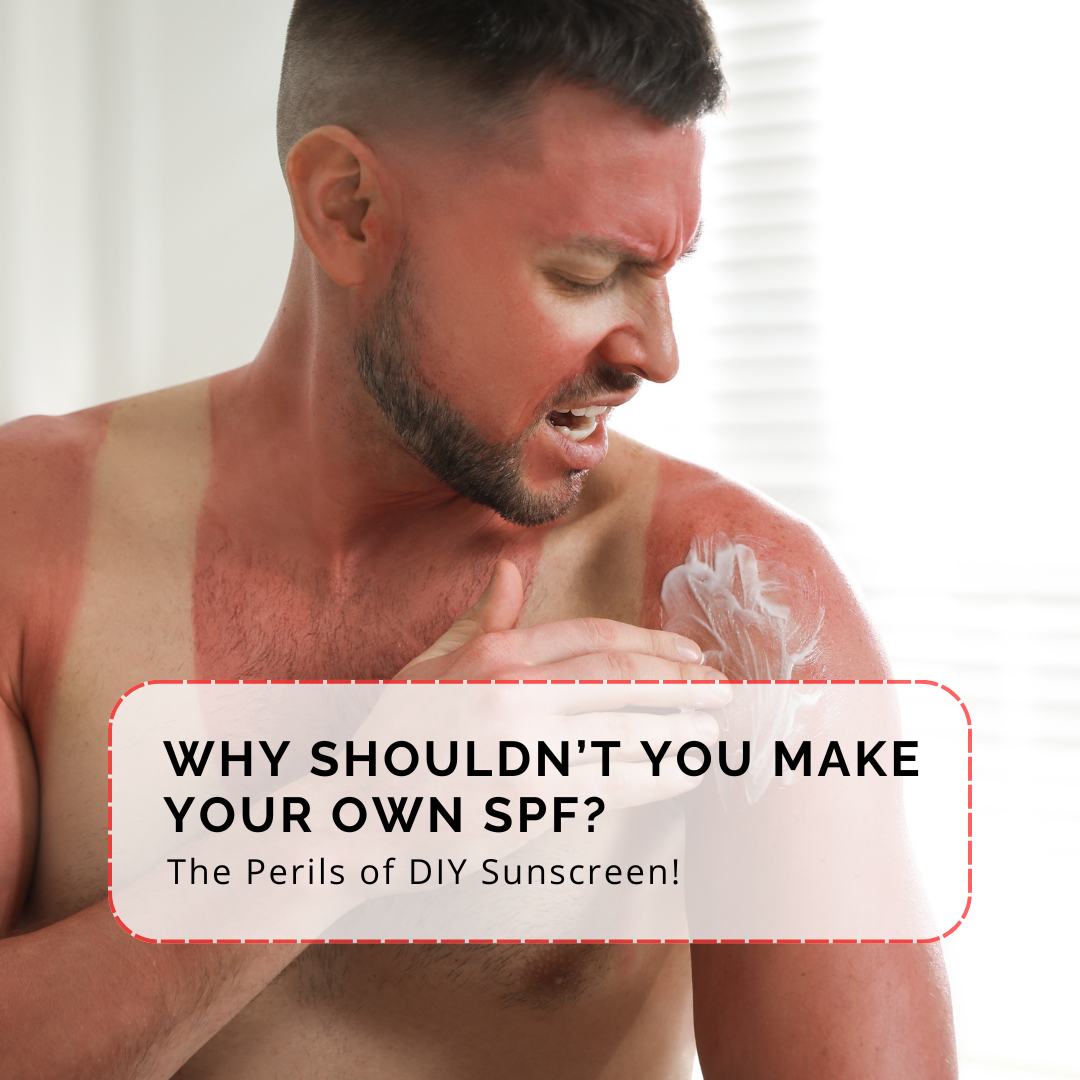
Why Shouldn’t You Make Your Own SPF? The Perils of DIY Sunscreen!
Share
Have you ever been tempted to whip up your own sunscreen at home, lured by the promise of a natural, cost-effective alternative to shop-bought SPF?
As a small business owner pouring my heart into creating a safe, natural sunscreen for all skin types, I’m here to tell you: don’t do it. The science behind sunscreen is a complex beast, and even with my high-tech equipment and a passion for ethical skincare, I’m finding it a formidable challenge. Join me on this journey as I explain why homemade SPF is a risky endeavour—and why my dream of crafting the perfect natural sunscreen is proving so tricky.
The Perils of DIY Sunscreen: Why It’s Not Worth the Risk
Sunscreen isn’t just a cream you slather on to avoid a sunburn; it’s a carefully engineered shield against harmful UVA and UVB rays. Zinc oxide, the star of mineral (physical) sunscreens, works by sitting on the skin’s surface and reflecting UV rays like tiny mirrors. It’s a safe, effective choice for broad-spectrum protection, unlike chemical sunscreens that absorb UV rays and can irritate sensitive skin. I’m focusing on zinc oxide and aiming to avoid titanium dioxide where possible, as titanium dioxide can be less effective against UVA rays and may pose environmental concerns when nano-sized. But formulating with zinc oxide is no walk in the park, and DIY attempts are fraught with pitfalls.
1. You Can’t Guarantee the SPF
The sun protection factor (SPF) isn’t something you can eyeball. A 2017 study in the Journal of the American Academy of Dermatology found that even professional sunscreen formulations can deviate from their claimed SPF without rigorous testing. At home, you’re flying blind. That “SPF 30” you mixed might be SPF 5—or nothing at all. Professional testing by external third-party labs costs thousands of pounds per sample, a price I’m budgeting for to ensure my product is safe and effective. Without this, you’re gambling with your skin’s health, risking burns and long-term damage like skin cancer.
2. Zinc Oxide Clumping and Uneven Dispersion
Zinc oxide is brilliant but finicky. It has a tendency to clump, which can drastically lower SPF in some areas while creating high spots in others, leaving your skin unevenly protected. Proper dispersion requires professional lab equipment like high-shear mixers and homogenisers—gear I’ve invested heavily in to ensure my formula forms a uniform film on the skin. Your kitchen blender simply can’t achieve this. The entire composition of your formula, including emulsifiers and additives, affects SPF. Some ingredients can even reduce protection by interacting with zinc oxide, a problem you won’t spot without advanced testing.
3. Stability and Photostability Challenges
A sunscreen must remain stable not only in its packaging but also on your skin under blazing sunlight. Oil-based homemade SPFs, often touted as “natural,” can melt or split in the heat, causing zinc oxide to disperse unevenly and leaving you vulnerable to UV damage. Ingredients must be photostable—meaning they don’t degrade under UV exposure—and compatible with each other. Oxidation and degradation can further compromise your formula, reducing its efficacy. Evaluating pH interactions and ingredient stability is a complex, costly process that even experienced formulators struggle with. At home, you’re unlikely to get this right, and an unstable formula could fail you when you need it most.
4. Preservation Nightmares
Sunscreens, especially water-based creams, are a breeding ground for bacteria and mould without proper preservation. Natural preservatives like rosemary extract sound appealing but often lack broad-spectrum efficacy or stability in high temperatures. Unpreserved or poorly preserved DIY sunscreens can lead to skin infections. Finding a natural preservation system that works without inflating costs is one of my biggest headaches. At home, skipping preservatives or guessing at dosages could turn your SPF into a health hazard.
5. The SPF 30 vs. SPF 50 Myth
You’ve likely heard that SPF 30 blocks 97% of UVB rays, while SPF 50 blocks 98%—a mere 1% difference. A 2017 study in Photodermatology, Photoimmunology & Photomedicine confirms this, but the gap matters less if you reapply frequently. SPF 50 offers a slight edge for real-world scenarios like sweating or missing a spot, and it provides better UVA protection, which causes ageing and skin cancer. However, achieving consistent SPF levels at home is near impossible. The more zinc oxide you add, the higher the SPF, but without precise formulation and testing, your DIY mix won’t deliver reliable protection.
6. The White Cast Dilemma
Non-nano zinc oxide, which I’m using to avoid potential skin penetration and environmental harm, often leaves a white cast. This is great for babies and kids—I loved it as a nursery nurse because it showed me exactly where I’d applied (or missed) on wriggly little ones. But adults often prefer a more invisible finish. I’m considering adding iron oxides to tint the sunscreen for a more seamless look, but this risks staining white clothes, a trade-off I’m still weighing. Many brands use nano zinc to reduce the white cast, but I’m steering clear due to safety and ecological concerns. Formulating a non-nano SPF that blends seamlessly into all skin tones is a challenge I’m tackling with lab-grade tools. At home, you’re stuck with chalky, uneven results.
7. It’s a Financial Minefield
Sunscreen formulation is expensive. Beyond the thousands for third-party lab testing, you need specialised ingredients to prevent clumping. Stability testing ensures the product doesn’t melt or split in the sun, another costly step. Even experienced formulators struggle to guarantee that sunscreen filters are evenly dispersed, photostable, and provide broad-spectrum coverage. My small business is grappling with suppliers who dismiss my modest orders, as minimum order quantities (MOQs) for high-quality, non-nano zinc are astronomical. If I’m struggling, imagine trying to source safe ingredients as a home crafter.
My Battle to Create the Perfect Natural SPF
My dream is to craft a sunscreen that’s Soil Association COSMOS organic certified, vegan, cruelty-free, and free from petrochemicals, microplastics, fragrances, and palm oil (because I care about orangutans and rainforests). It should be baby-safe, cost-effective, over 50ml, fairly priced, and suitable for all skin types and tones without a white cast. I’ve invested in high-tech homogenisers to ensure proper emulsification and stability, even in scorching temperatures. But the challenges are relentless.
Suppliers won’t take my small business seriously, with MOQs for micronised, non-nano zinc that could sink me financially. Packaging is another headache—sustainable options that don’t leak, degrade, or cost more than the product itself are elusive. Then there’s the preservation system, which needs to be natural yet robust without driving up costs. Stability, photostability, and pH interactions keep me up at night, as does the looming expense of third-party lab testing to verify SPF, safety, and baby-friendliness. It’s a labour of love, but it’s also a financial and scientific marathon.
Follow my Instagram for updates and experiments showing the different formulations melting, splitting, or (hopefully) succeeding!
